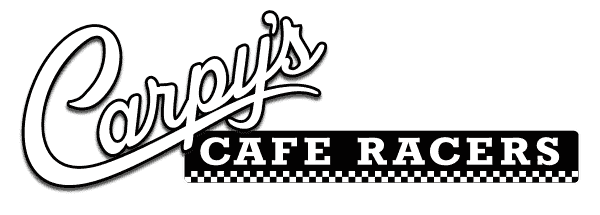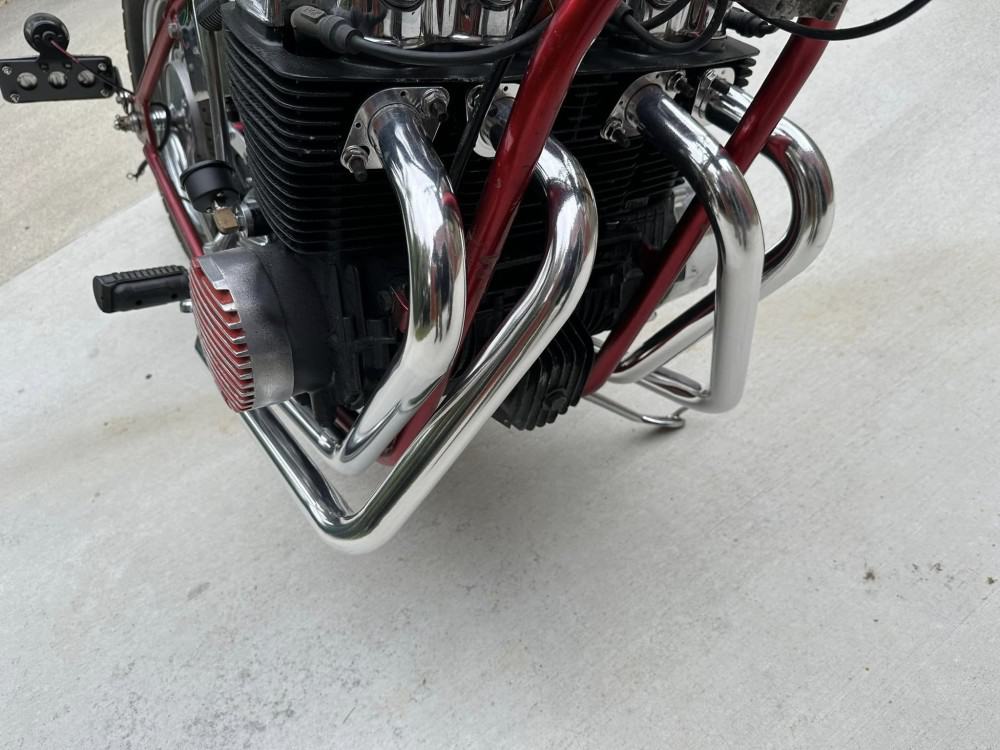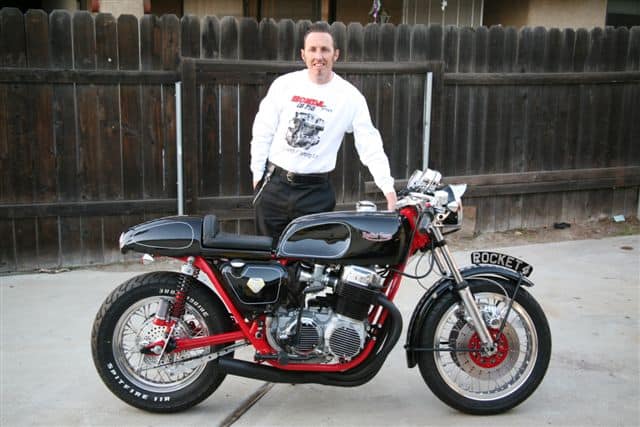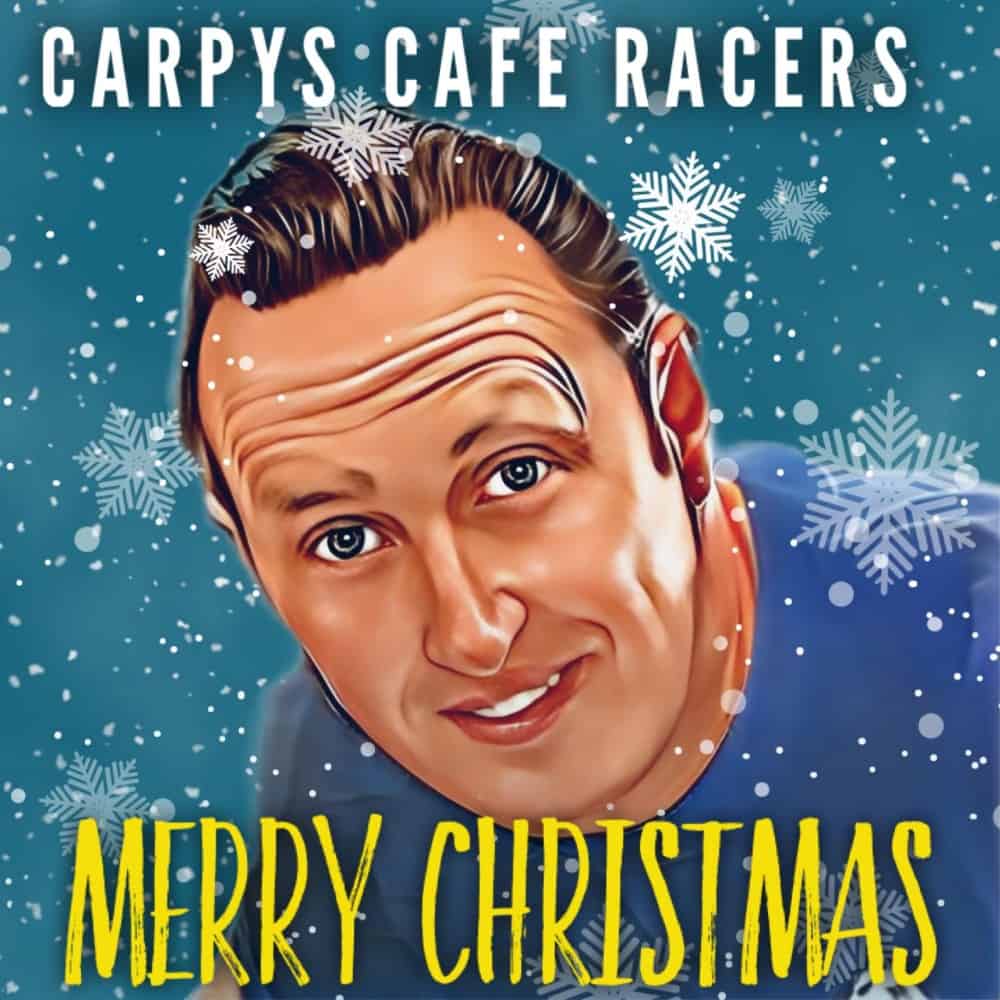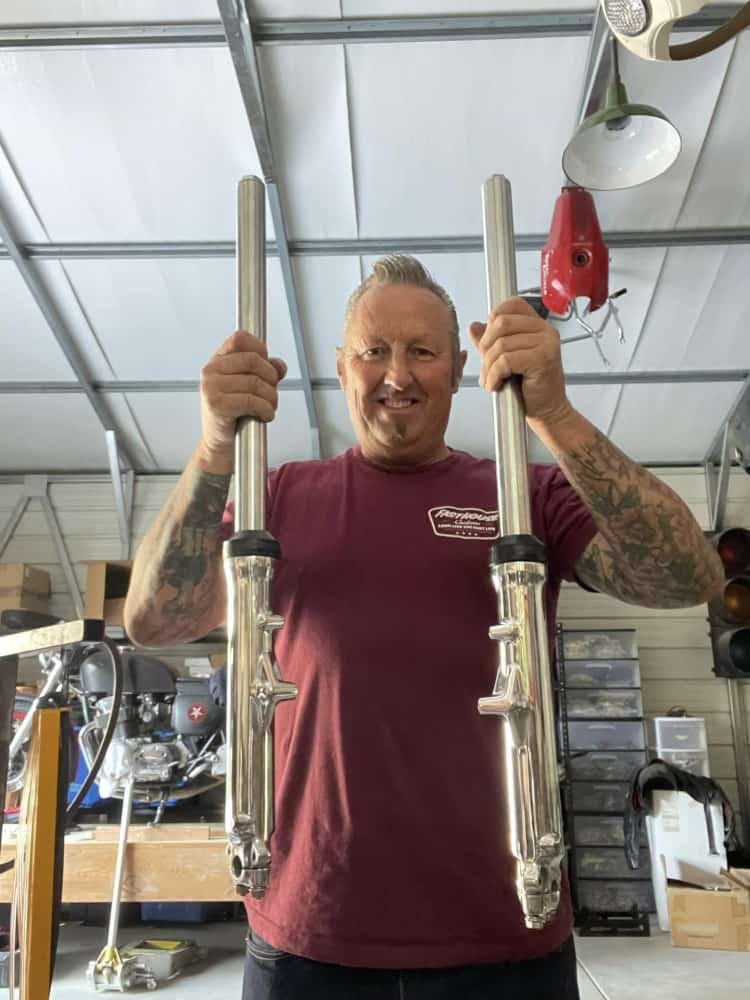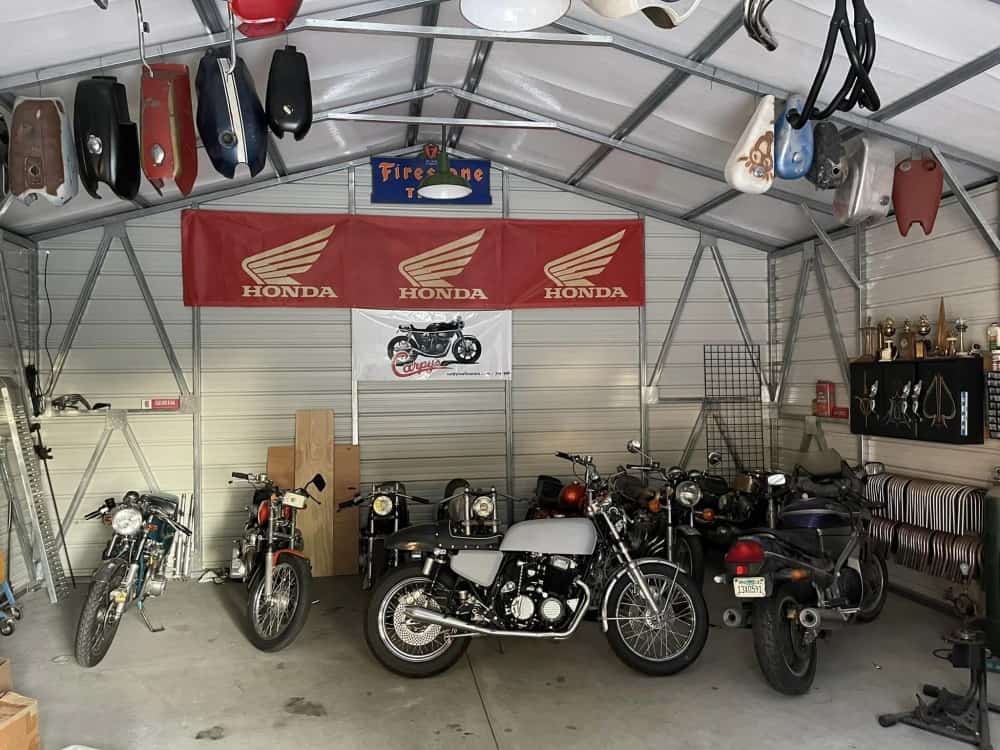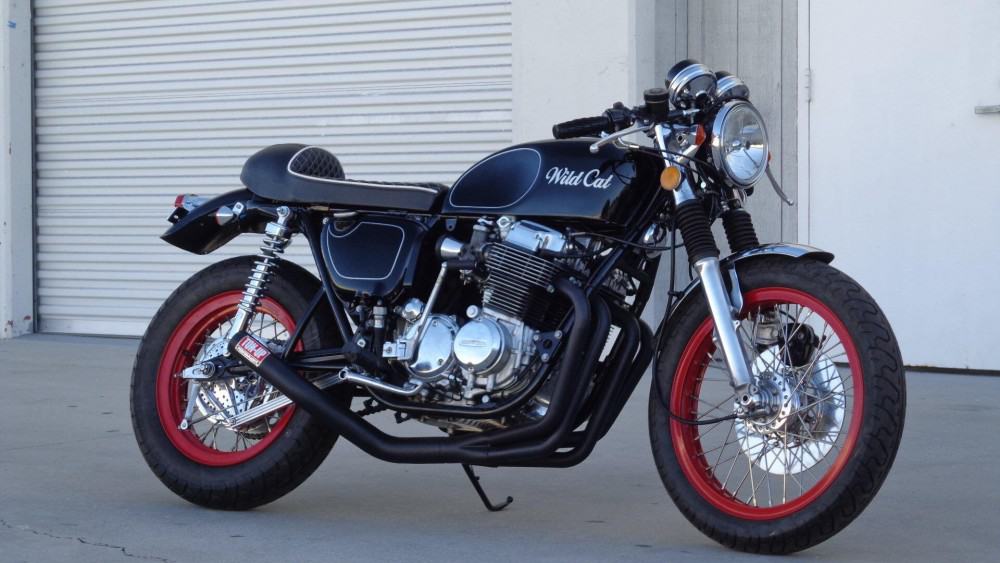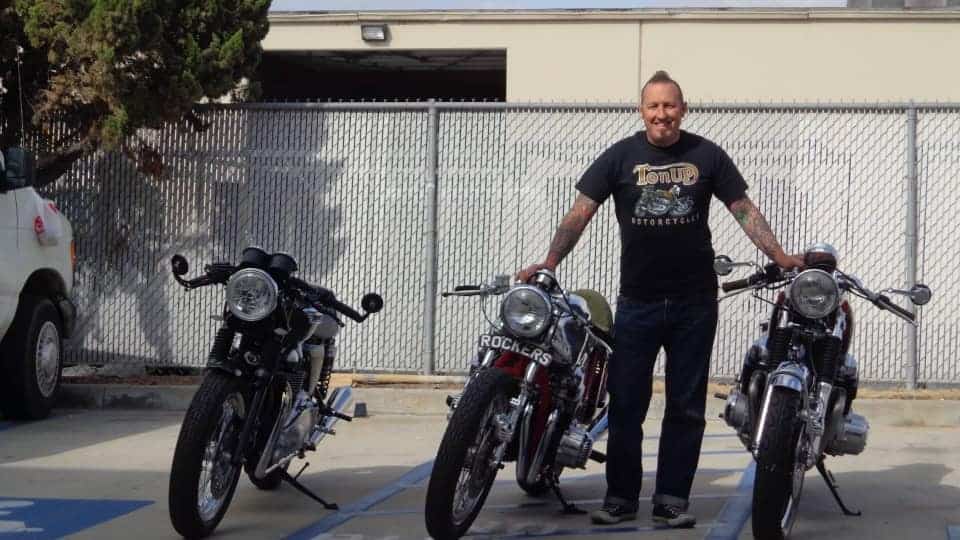Thought I would get a set of my ” El Diablo” Drag pipes Cerakote coated in Silver, they look like Polished Aluminum and the advantage of this is that they will not Blue like chrome does. I have always liked the way cerakoted exhaust look and stand out to any weather compared to chrome, I […]
Tag Archives: cb750k
Time does indeed scream by at a pace that I really cannot fathom these days, but I am glad there are such things as you Tube etc that keep videos that I posted all them years ago. Here is the “Rocket Four” Bike that I created out of an old non running inline four, I […]
I have been getting a lot of compliments on the 4 into 1 Exhaust I manufacture called The Sidewinder, this really is a great performing system that not only fits well, it sounds crisp and is a true Performance pipe. These power houses are available in Raw steel, for that Industrial Look, or you can […]
Funny thing the internet, although it may seem new, it has been around just over 20 years now and I remember when we had My Space etc, the things we did to promote ourselves back then. Anyway, just thought I would add this old video, forgive the clarity, but I created some cool rides back […]
Tick Tick Tick is all I can hear right now, but its all cool, I have managed to get my Customers parts in the mail to them and in time for the big day too. I thought this week I would add a video of stuff that interests me and this time it is an […]
Well, just over 2 weeks until the big day, I am sure many of you have only just thought about presents and the like and a mad rush trying to find stuff in the shops or on line? I love this time of year and right now I have been shipping out many Exhaust systems […]
For many years I have rebuilt my own forks, and the transformation is so abundant, I wanted to share what I do in the Barn with you lot and maybe you can have a go at resurrecting your own set? These tired front forks came off a 1974 CB750 K and Customer wanted Rebuilt and […]
Time does not stand still and I now have all sorts of work to do but glad that I still get many emails, Phone Calls and of course texts, asking about builds, parts, service or idea’s etc, I love what I do and even though I really have had not had the time to build […]
You would seem it strange to have forgotten about a Motorcycle I had built for a Customer, but as I have created so many machines over the years, I guess I do get a bit of a Brain Block sometimes, it was not until I was flicking through some photos that I noticed this CB750K […]
Saw this the other day and thought I would share, these were some awesome machines I was creating and of course all still on the road today, thought that I would share for today.
